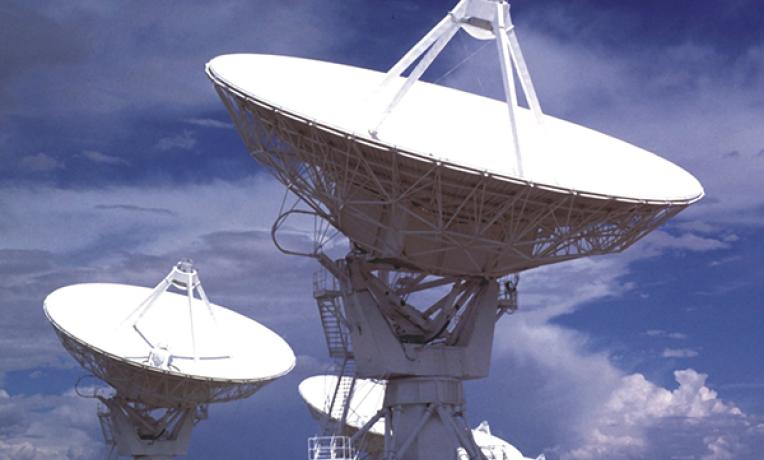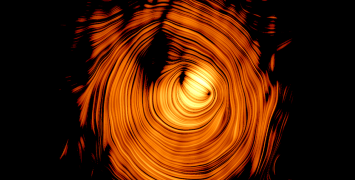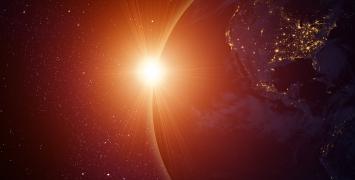New insights into the formation of stars and black holes
Radio astronomy has now entered a “golden age” with new facilities paving the way for significant discoveries on the early universe and the formation and evolution of galaxies. Working on faint radio-signals, Dr Vernesa Smolčić’s research may lead to significant advances in the area. Her goal is to provide the first census of high-redshift star-bursting galaxies, also called “submillimetre galaxies”, and a full census of galaxies hosting supermassive black holes.

First published on 27/10/2015
Updated on 17/05/2018
Understanding how galaxies formed in the early universe and how they evolve through time is a principal goal of astrophysics. Dr Smolčić is leading two major sky radio surveys - conducted with the Jansky Very Large Array (JVLA), the Australia Telescope Compact Array (ATCA) and the Giant Metrewave Radio Telescope (GMRT) - that will push the frontiers of knowledge in this field. These surveys are unique for their deep radio measurements, the wide sky area under observation and because they use the most state-of-the-art radio telescope facilities.
Supported by an ERC Starting Grant, Dr Smolčić and her team, based in Croatia, are working on the massive data sets collected by these two large surveys. The new generation radio surveys have an increased sensitivity compared to surveys conducted to date. These novel measurements and observations, complemented by infrared and X-ray data from NASA’s Spitzer and Chandra space telescopes, are essential to study the evolution of galaxies at early cosmic times. In particular, Dr Smolčić is looking at the dust properties in the early universe and how they affect the star formation history.
In 2017 Dr Smolčić and her team achieved a major breakthrough through their research. They observed a patch of sky called COSMOS field, which is about 16 times larger than the Moon. This area was selected because it matches a region in our Milky Way, where clouds of gas and stars don't block our view of the universe. The team, in cooperation with an international group of astronomers, watched the COSMOS field for 384 hours and obtained one of the clearest and deepest radio images ever produced for such a large region. They detected nearly 11.000 galaxies dating from the early history of universe and analysed this data. They concluded that galaxies produced the majority of stars when the universe was 2.5 billion years old, a fifth of its current age. They also found that in the early universe, 15-20% more stars were born than it was previously thought, which means that a high number of stars are yet to be discovered.
These new findings are important because they will serve as the basis for further large-scale radio surveys. They also provide insights on how galaxies have evolved from the Bing Bang to today, a period of approximately 13 billion years.






